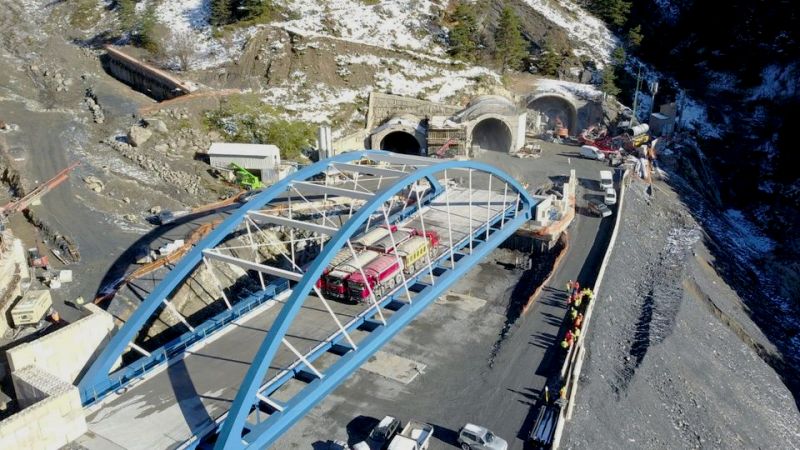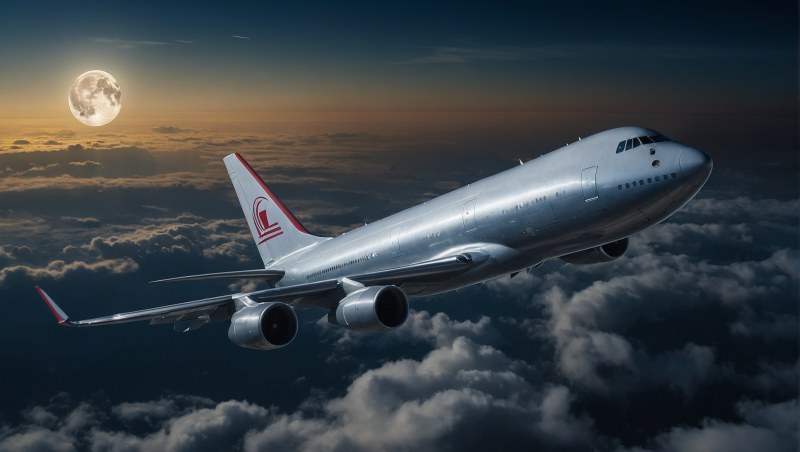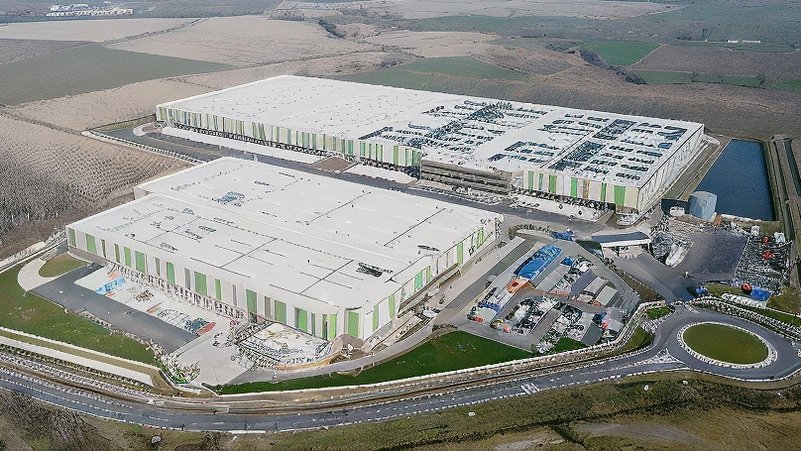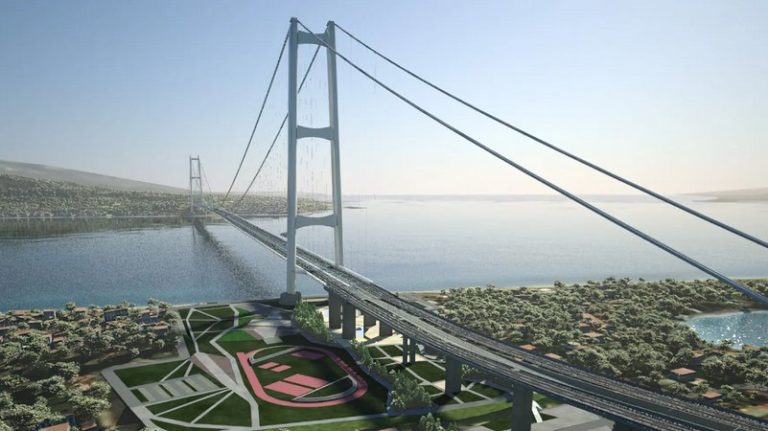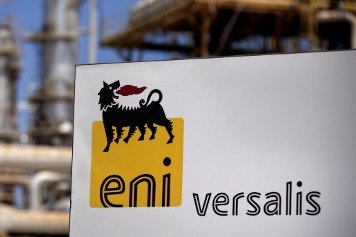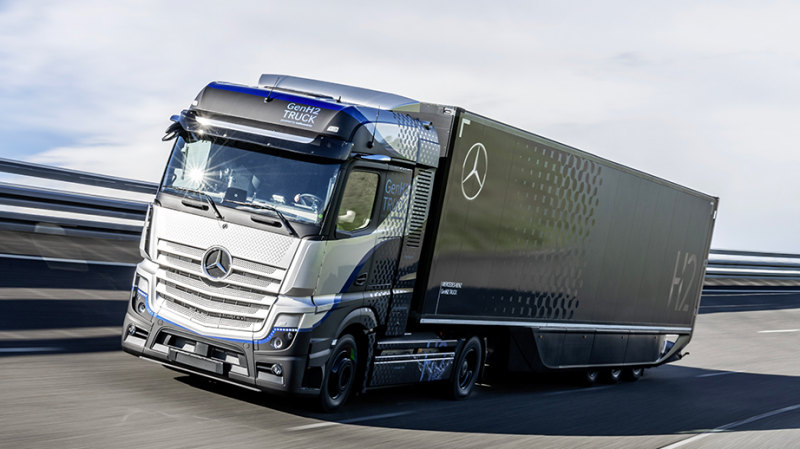Doubts persist that the gap between the planned suspension bridge over the Strait and the sea surface will not accommodate the transit of the largest cargo (container) and passenger (cruise) ships. This concern is not being raised by environmentalists or opposing committees, but rather by a source that is not hostile to the Government: Luigi Merlo, President of Federlogistica. In a May 3, 2024 interview with newspaper Repubblica, Merlo stated that the bridge's maximum height above the sea would be 65 meters, while the latest generation of large ships exceed 68 meters. This height refers to the bridge’s highest point; being a suspension bridge, it does not maintain a uniform distance from the sea across its entire length, which narrows as it approaches the shores.
Responding to Merlo, Pietro Ciucci, President of the Stretto di Messina Society, claimed the navigable clearance would be 72 meters over a 600-meter length. The 65-meter figure would only occur under exceptional conditions of heavy road and rail traffic. Ciucci added that these parameters align with International Maritime Organization (IMO) procedures, and the technical commission of the Ministry of Transport has conducted a "thorough examination of traffic" that has revealed no critical issues.
However, several points remain unclear, pending a definite answer. First is the project itself, about which little is known and which is not yet finalized. It is not clear what the exact navigable clearance will be, nor to what the declared height refers—whether to the road surface or its lower part, presumed to be about ten meters high. Furthermore, no recent studies on the wave motion of the Strait have been published, which could obviously affect the distance between the bridge and ships. Additionally, the rising sea level due to climate change must also be considered.
What would happen if, once the bridge is built, it is discovered that some container ships cannot pass under it under certain conditions, or if the clearance is such that shipowners might decide to avoid the risk? This is not a far-fetched hypothesis, especially following the serious incident in Baltimore, involving a bridge with pylons, which highlighted how an accident involving a large container ship can cause significant damage.
The primary risk would be to the port of Gioia Tauro, as shipping companies are unlikely to waste time and money detouring around Sicily via the Suez Canal to reach the Calabrian port; they would likely redirect to other ports. Ships that could face problems with the bridge, such as the Msc Omar, with a maximum height of 73 meters, or the Msc Loreto, which can reach 78.1 meters, are already operating.
What would occur if one of these ships approached the Strait while the bridge experienced heavy traffic of industrial vehicles, perhaps with a couple of trains, and under very rough sea conditions? Access to the bridge might be reduced, or the container ship's captain might have to decide to change course to avoid any risk? It seems that the issue of height is also being raised by Luigi Merlo, who is the director of institutional relations for Msc and thus his position might reveal a serious concern of the world's largest container shipping company, which also controls the Gioia Tauro terminal.
To definitively resolve the issue, the bridge could be raised by at least fifteen meters, but this would involve an increase in costs (not only for the bridge but also for the roads and railways that feed it) that would be unsustainable for a project already estimated at 14.6 billion euros, for which financial coverage is not even clear. A complete publication of the final project might provide some clarity, hopefully printed in legible characters.



